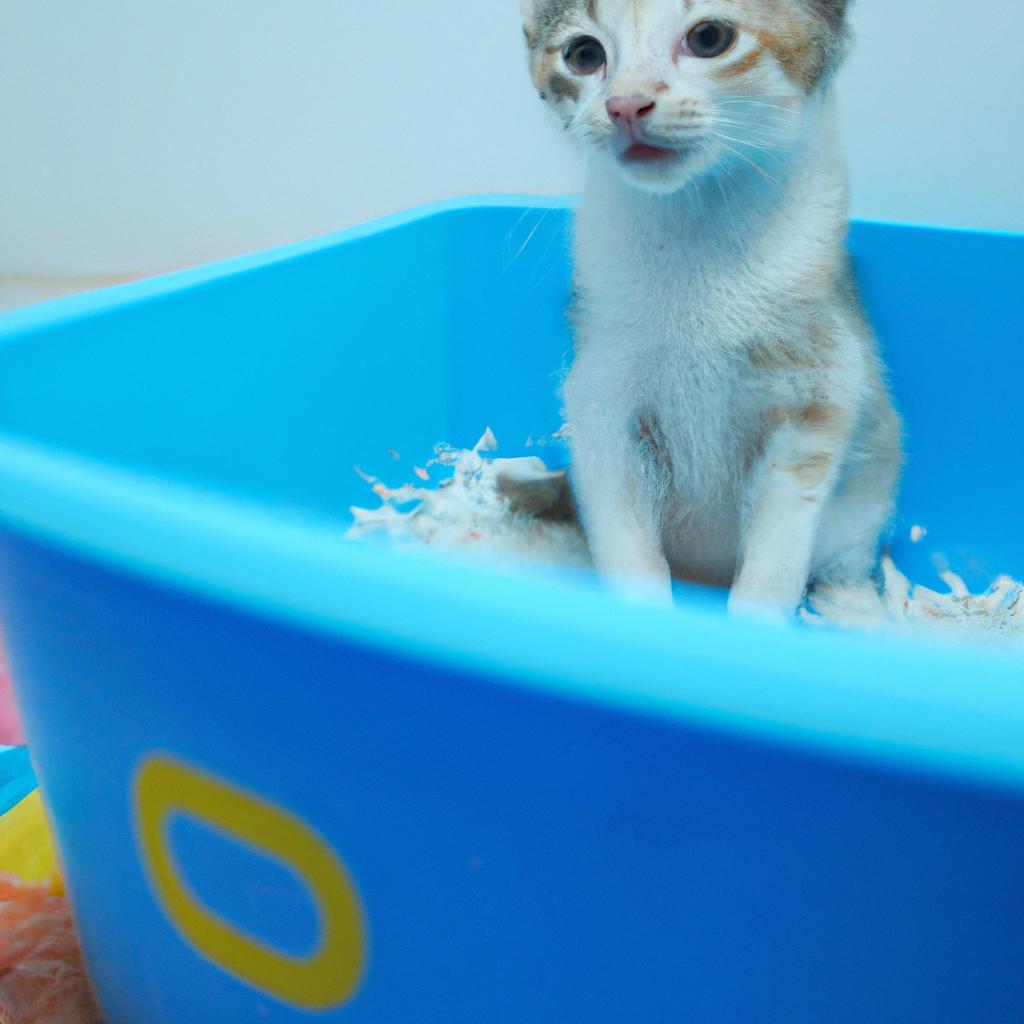Looking to train your pet to use a litter box? Read our step-by-step guide on How to Train Your Pet to Use a Litter Box and keep your home clean and odor-free!
As a pet owner, one of the most important things you’ll need to teach your furry friend is how to use a litter box. Not only does this make your life easier, but it also helps keep your home clean and odor-free. In this article, we’ll provide you with a step-by-step guide on how to train your pet to use a litter box effectively.
Choosing the Perfect Litter Box
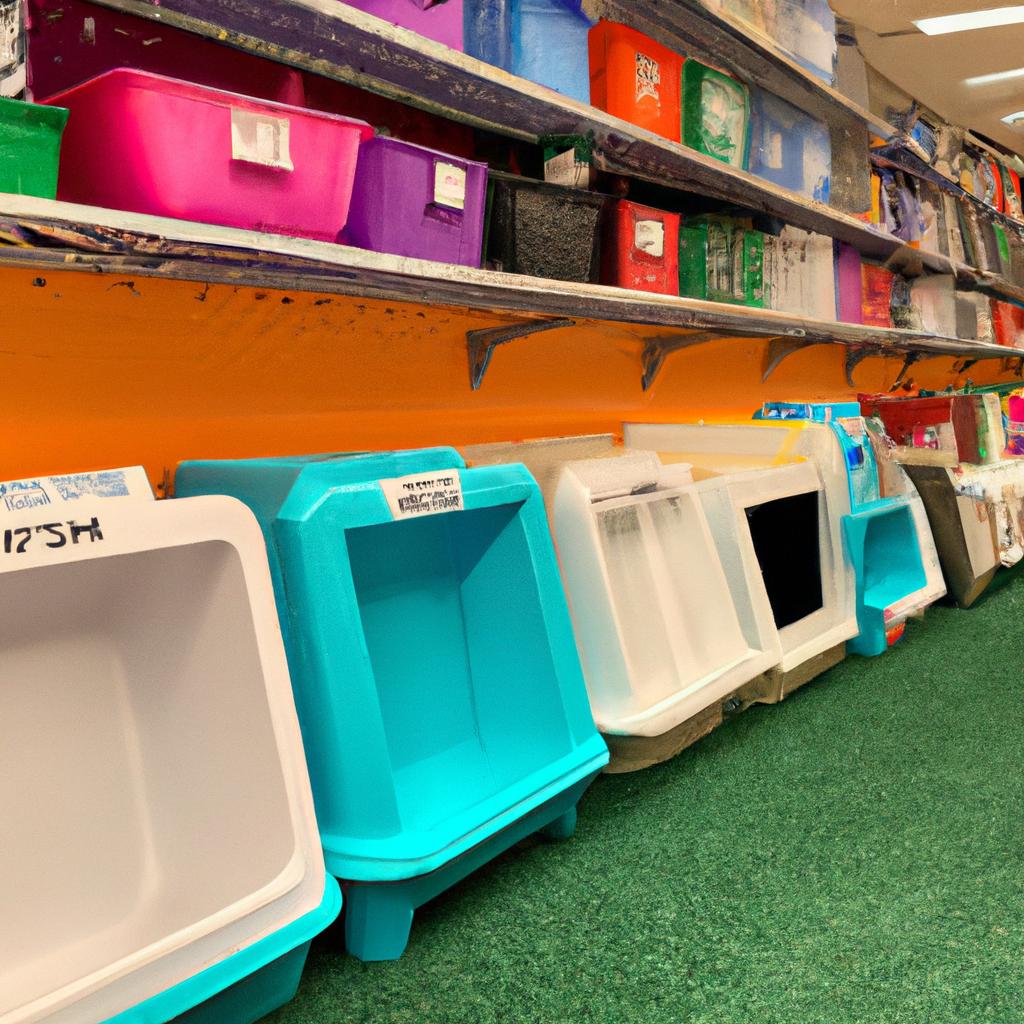
Before you begin training your pet, it’s crucial to select the right litter box. With various options available, each with its own advantages and disadvantages, here are some points to consider:
Types of Litter Boxes Available
- Open litter boxes: These are the most common type and are easy to use and clean. Keep in mind that if your pet likes to dig and scatter litter around, this may not be the ideal choice.
- Covered litter boxes: These enclosed boxes provide privacy and reduce litter tracking. However, they may not suit pets who are afraid of confined spaces.
- Self-cleaning litter boxes: These automatic litter boxes scoop and clean themselves, saving you time and effort. Although they can be costly and may have maintenance issues over time.
Factors to Consider When Selecting a Litter Box
- Size: Ensure that the litter box is large enough for your pet to move around comfortably.
- Accessibility: Especially for older pets or those with mobility issues, make sure the litter box is easily accessible to them.
- Number of pets: If you have multiple pets, consider having more than one litter box to prevent territorial issues.
- Durability: Opt for a litter box made of durable materials that can withstand daily wear and tear.
Choosing the Perfect Spot for the Litter Box
The location of the litter box is just as important as the box itself. Here are some tips on where to place your pet’s litter box:
- Quiet area: Choose a low-traffic spot where your pet can use the litter box undisturbed.
- Separate from food and water: Avoid placing the litter box near their feeding area as pets prefer to keep their eating and toileting spaces separate.
- Safety first: Make sure the litter box is away from electrical appliances or cords that could pose a hazard to your pet.
Overall, selecting the right litter box plays a crucial role in your pet’s comfort and success in using it. Take the time to consider your pet’s needs and preferences when making this choice.
Choosing the Right Litter

Once you’ve chosen the perfect litter box, the next step is to select the right litter. With a wide variety of cat litter available, your pet’s preferences and your own will determine the best choice. Consider the following factors when choosing your litter:
Types of Cat Litter Available
- Clay litter: This is the most common and affordable option. It forms clumps when wet, making it easy to clean.
- Crystal litter: Made of silica gel, this highly absorbent litter doesn’t form clumps but does an excellent job of absorbing moisture and odors.
- Biodegradable litter: Made of natural materials like corn, wheat, or recycled paper, this eco-friendly option is often low-dust.
- Scented litter: With added fragrances to mask odors, scented litter might not be effective for eliminating smells and may cause sensitivity in some pets.
Considerations When Selecting Litter
- Dust: Some types of litter can be dusty, which can harm your pet’s respiratory system. If this is a concern, choose low-dust options.
- Tracking: Certain types of litter can be more prone to tracking, creating a mess around the litter box area. Look for litter with larger granules or those less likely to stick to your pet’s paws.
- Allergies: Keep in mind that some pets may be allergic to specific litter types, so monitor your pet’s reaction when introducing a new one.
The Ideal Amount of Litter
The optimum amount of litter to use in the box is approximately two to three inches deep. This allows your pet to dig and bury their waste comfortably. Also, make sure to clean the litter box regularly to keep a fresh and clean environment for your pet.
Training Your Pet
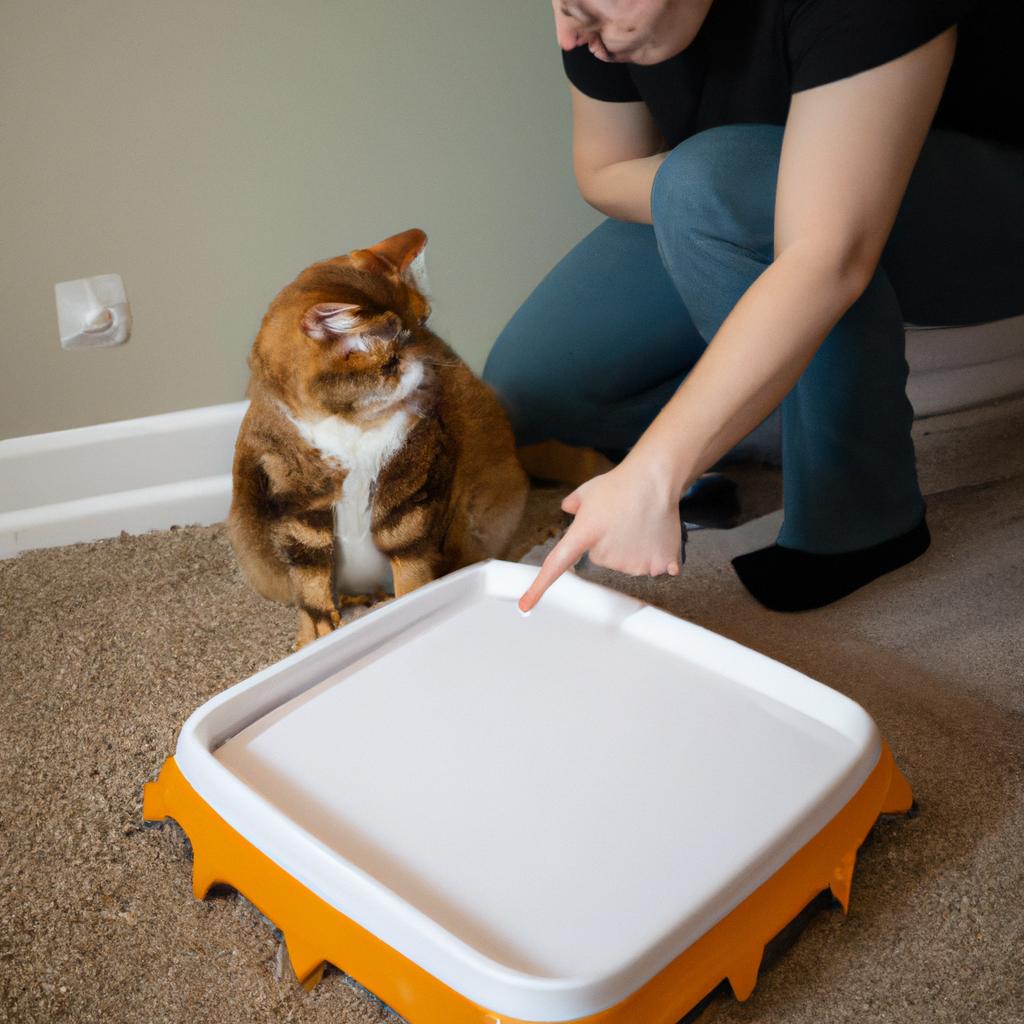
Training your pet to use a litter box requires patience and consistency. Here are the steps to follow:
Preparing Your Pet for Litter Box Training
- Introduce your pet to the litter box and let them explore it at their own pace.
- Reward your pet with treats or praise for approaching the litter box.
Steps to Follow When Training Your Pet
- Place your pet in the litter box after meals or naps as they are more likely to need to use the bathroom.
- Reward your pet with treats and praise when they use the litter box correctly.
- If your pet doesn’t use the litter box, clean up the mess and try again later.
- Gradually move the litter box to its desired location over a few days.
Reinforcing Good Behavior
- Always reward your pet for using the litter box.
- Regularly clean the litter box to maintain a fresh and clean environment.
- If your pet has an accident outside the litter box, clean it up with an enzyme cleaner to remove any lingering odors that may attract them to the same spot.
Consistency is key when training your pet to use a litter box. Be patient and persistent, and your pet will eventually learn to use the litter box independently.
Troubleshooting Common Problems
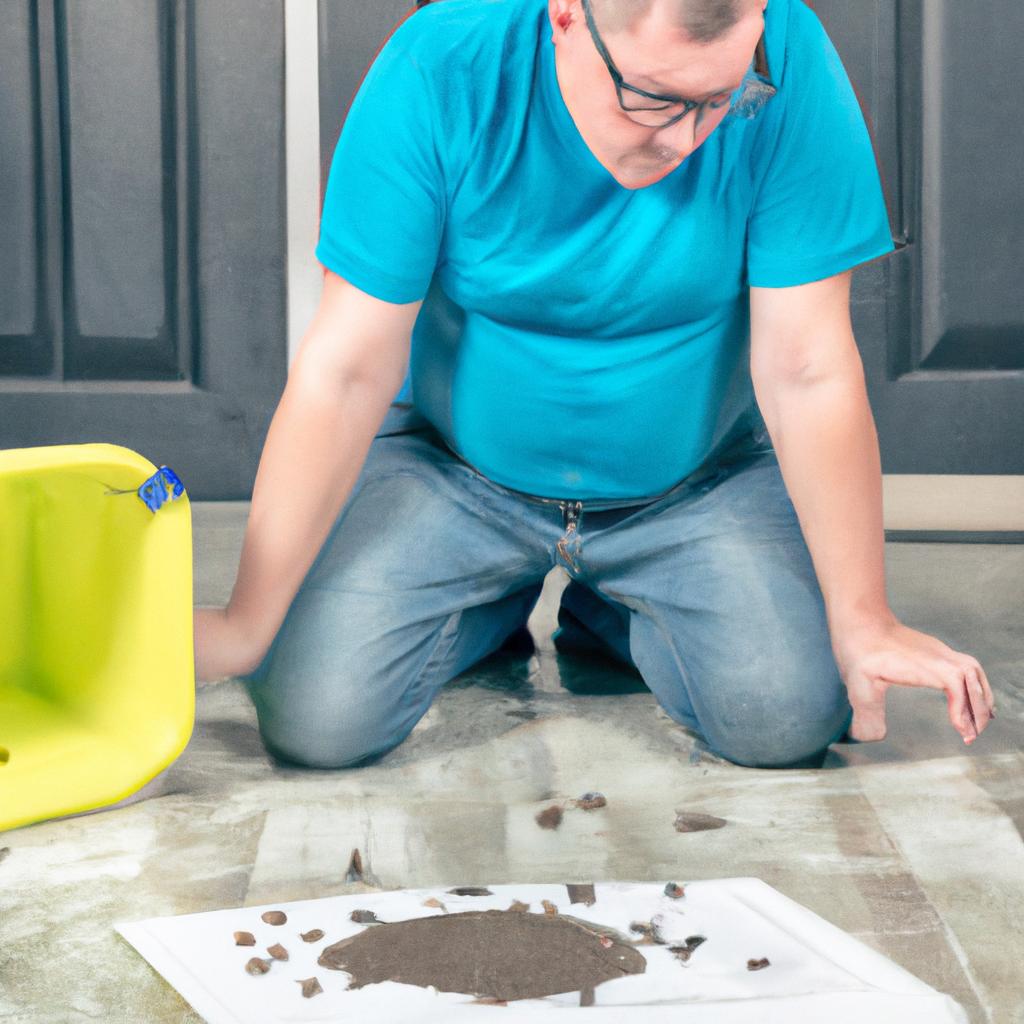
Sometimes, even after successfully training your pet to use a litter box, problems may arise. Here are some common issues and their possible solutions:
Refusal to Use the Litter Box
If your pet is refusing to use the litter box, consider these potential causes:
- Dirty litter box: Ensure that you clean the litter box regularly, as pets may avoid using it if it’s dirty or emits strong odors.
- Medical issues: Sudden changes in behavior could indicate underlying health problems. Contact your veterinarian to rule out any medical issues.
- Location: Your pet may not like the location of the litter box. Try moving it to a quieter and more private area.
Litter Box Aversion
Litter box aversion occurs when your pet refuses to use the litter box altogether. Here are some possible reasons and solutions:
- Litter type: Your pet may dislike the type of litter you’re using. Try switching to a different type to see if it resolves the problem.
- Size: Ensure that the litter box is large enough for your pet to move comfortably.
- Negative associations: If your pet has had a negative experience related to the litter box, positive reinforcement techniques can help them unlearn this behavior.
Litter Box Anxiety
Litter box anxiety happens when your pet is afraid to use the litter box. Consider these factors that might cause anxiety and their corresponding solutions:
- Location: High-traffic areas or noisy appliances near the litter box may make your pet anxious. Relocate it to a more peaceful spot.
- Trauma: If your pet experienced trauma related to the litter box, positive reinforcement techniques can help them overcome their fear.
- Negative reinforcement: Scolding or punishing your pet for using the litter box incorrectly can cause anxiety. Focus on positive reinforcement instead.
Conclusion
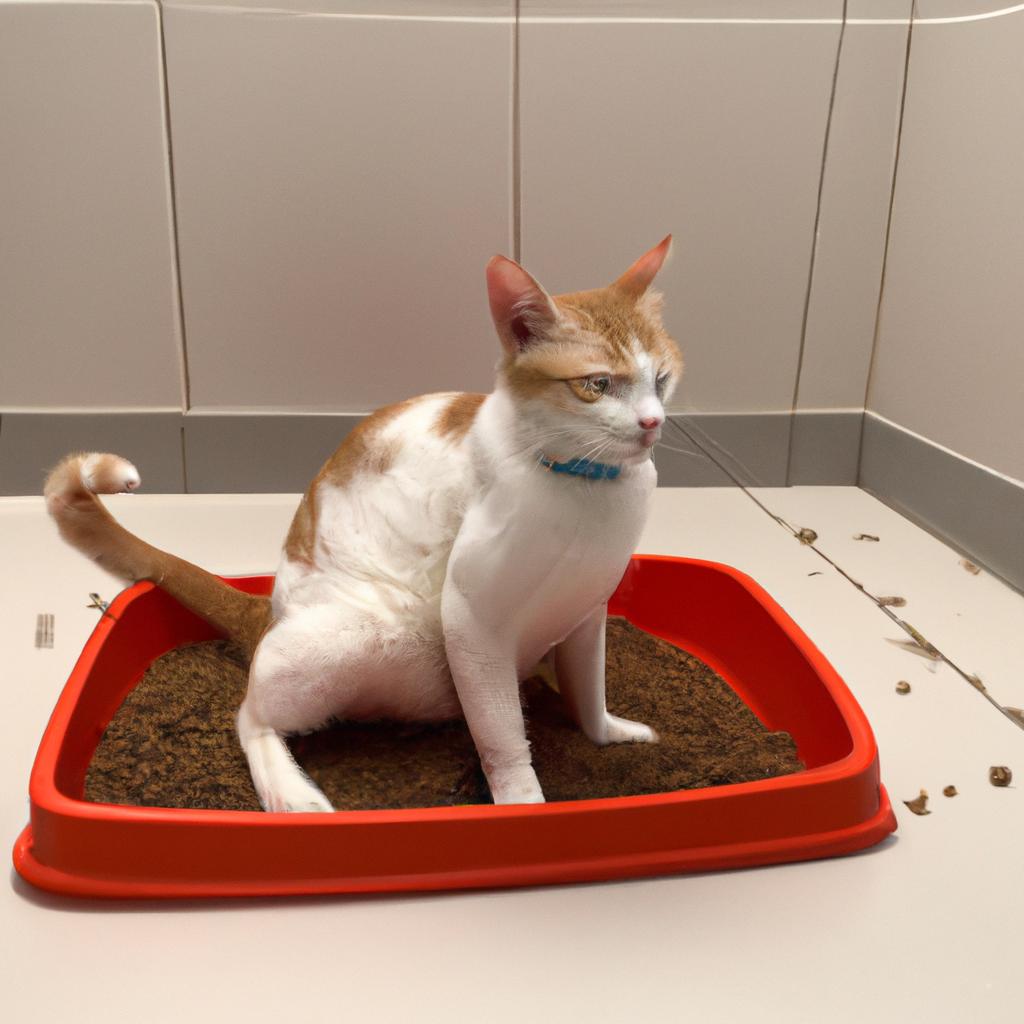
Training your pet to use a litter box takes time and patience, but it’s an essential responsibility as a pet owner. Remember to choose the right litter box, litter type, and location that suit your pet’s needs. Consistency and positive reinforcement are key to successful training. If you encounter difficulties, don’t hesitate to seek professional help. At TooLacks, we’re dedicated to providing pet owners with valuable information to care for their furry friends. We hope this article has been helpful in teaching you how to train your pet to use a litter box effectively.
TooLacks – Your Trusted Pet Care Resource
